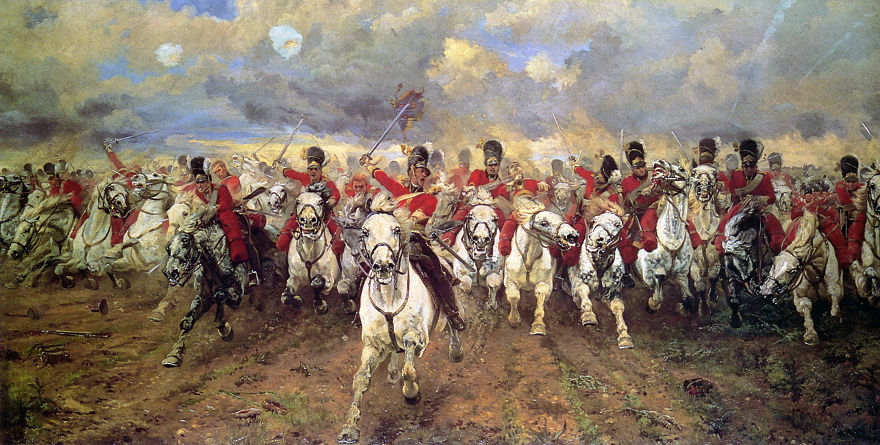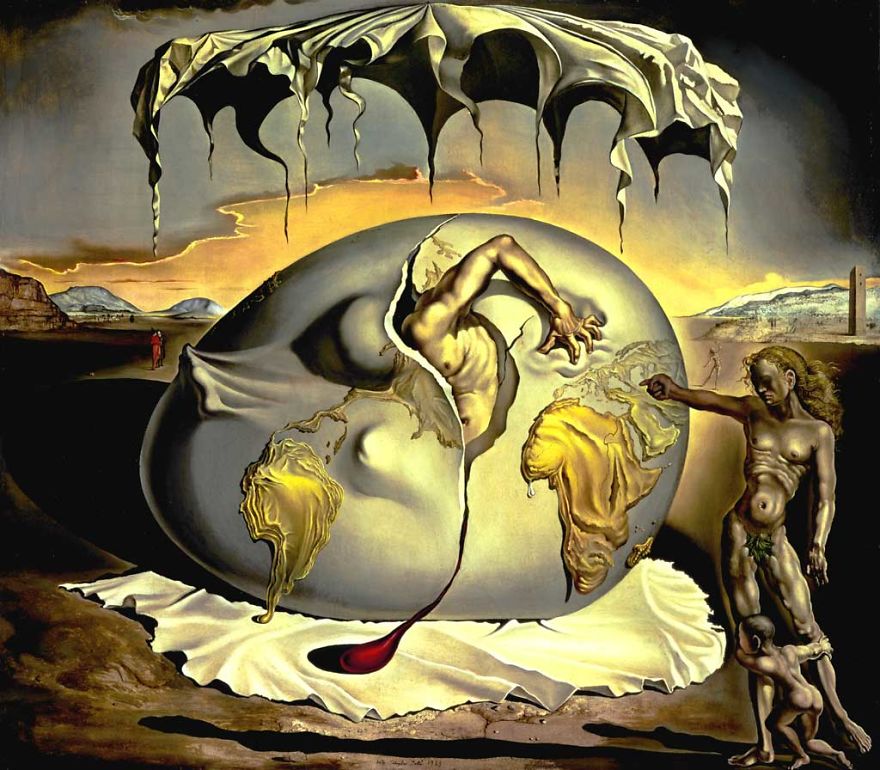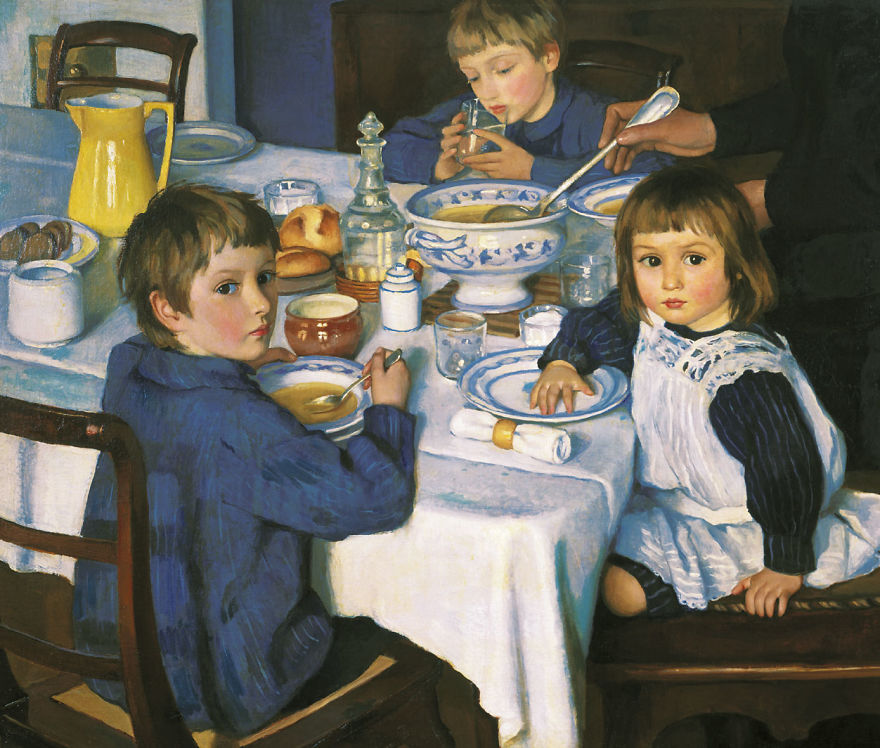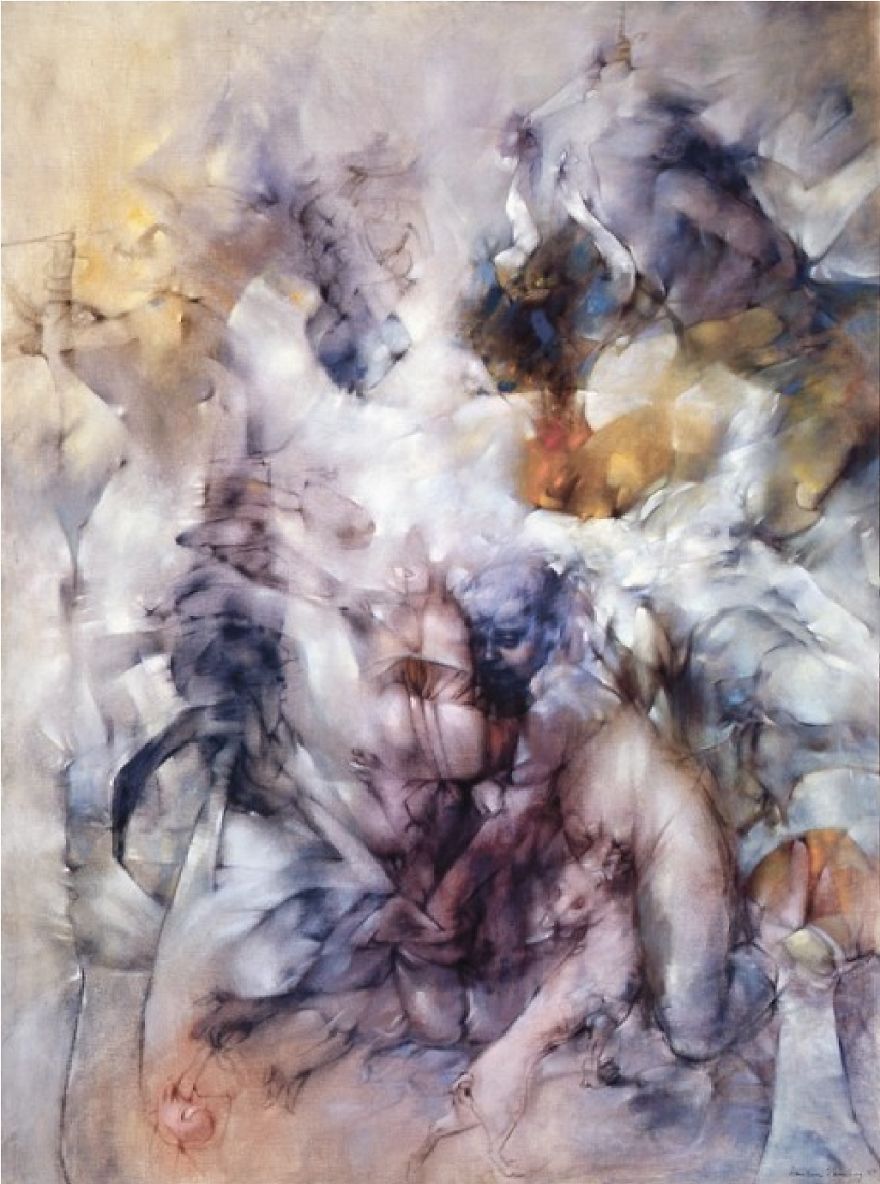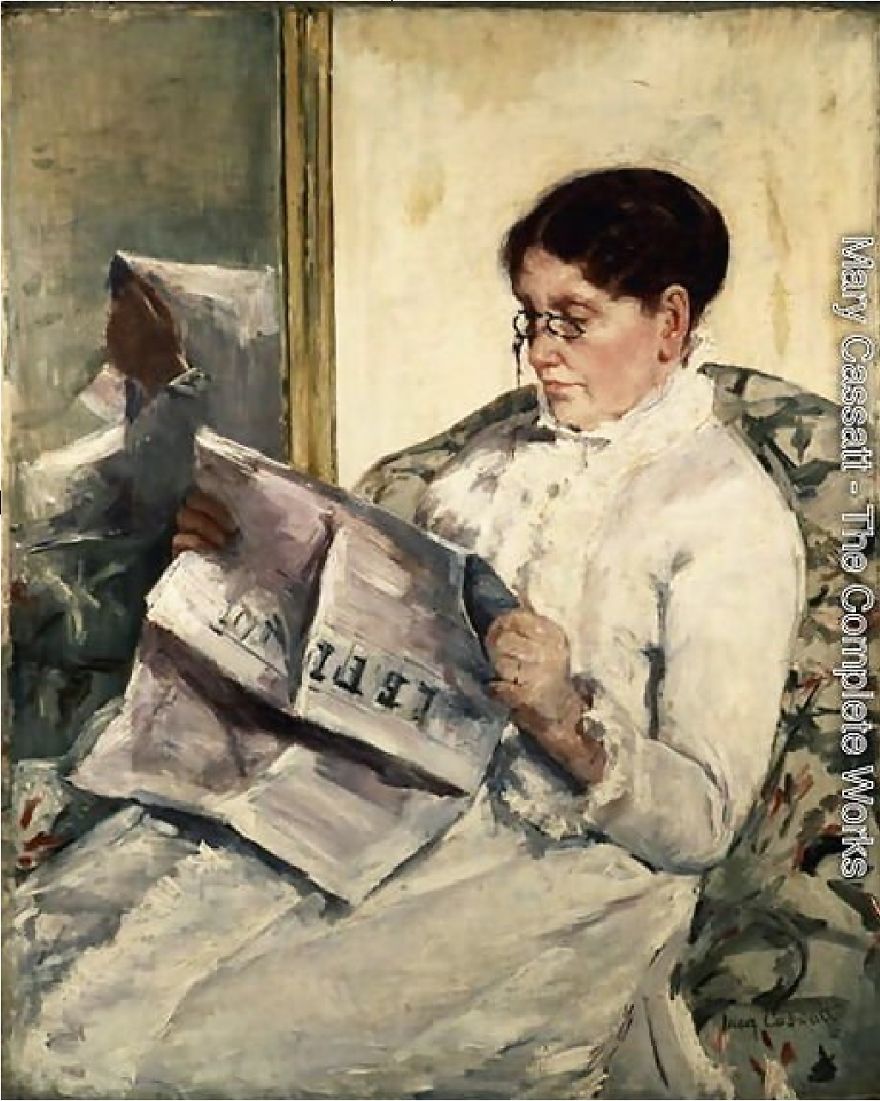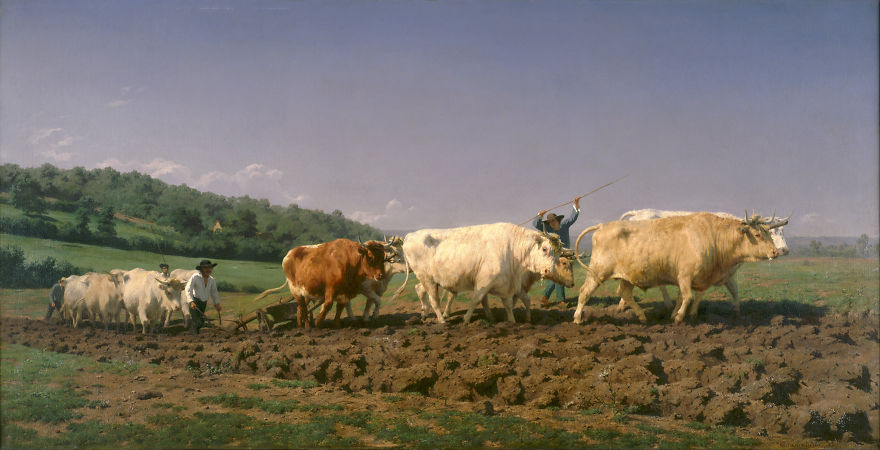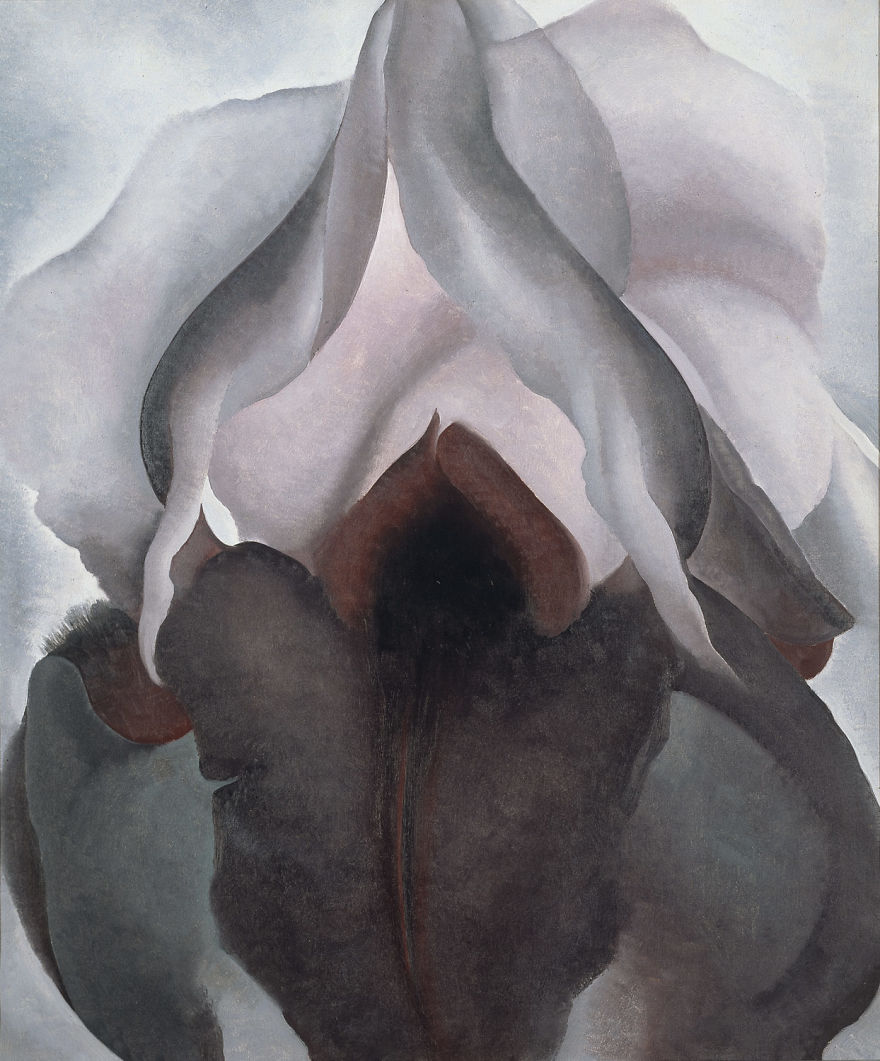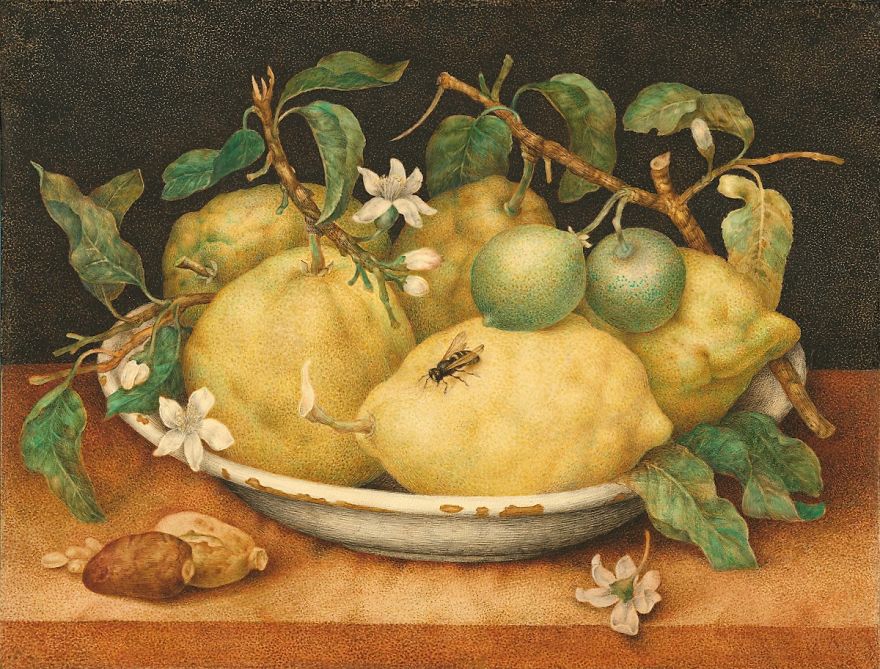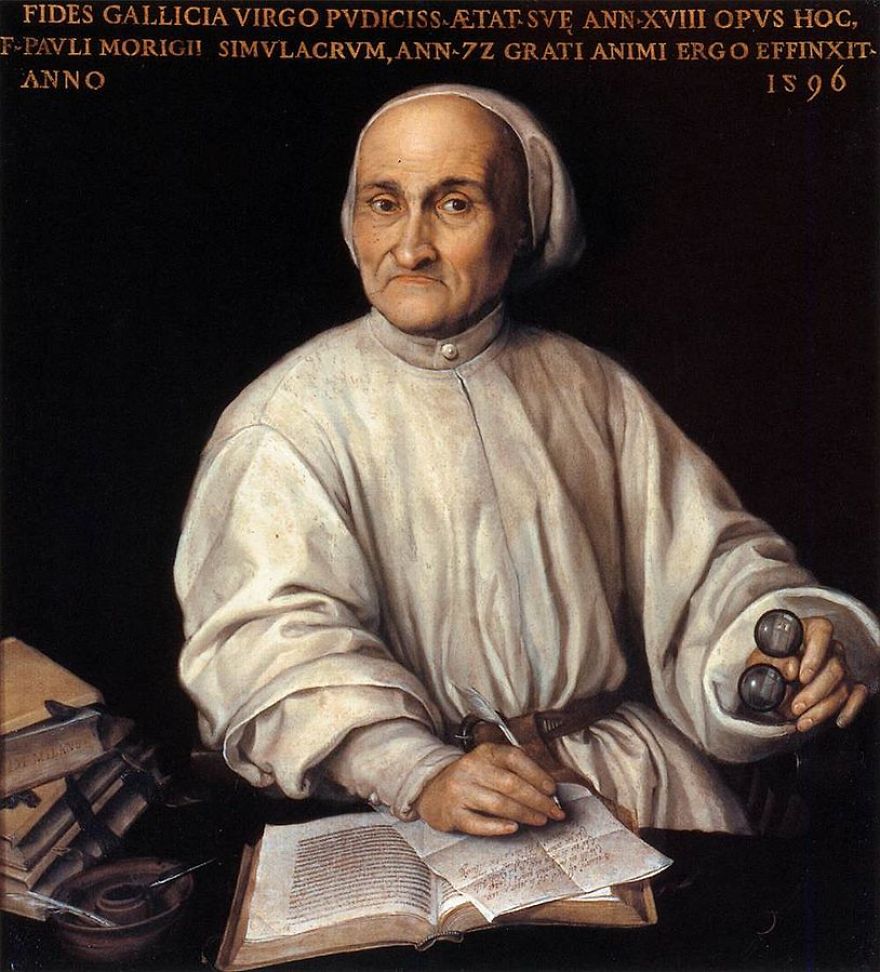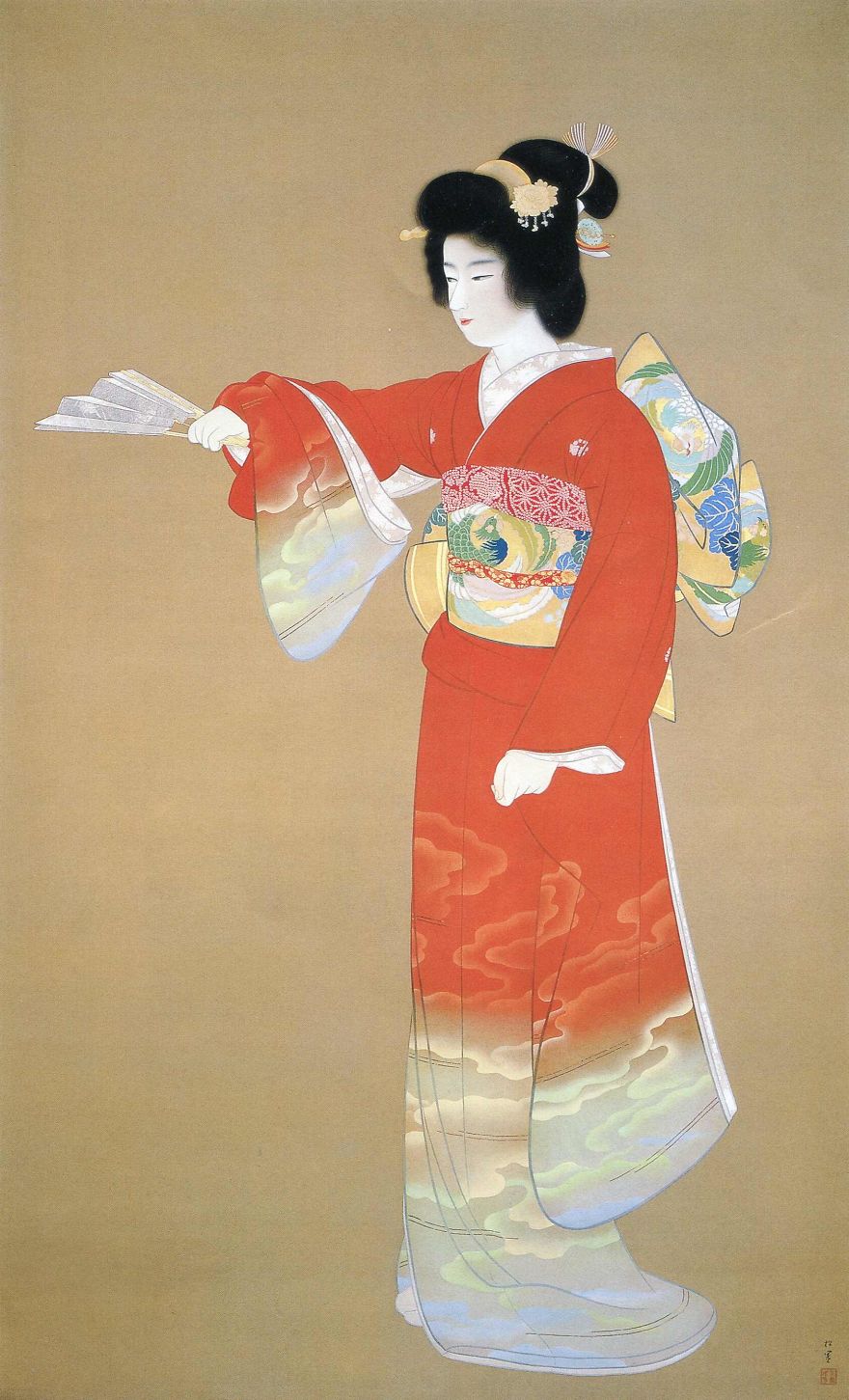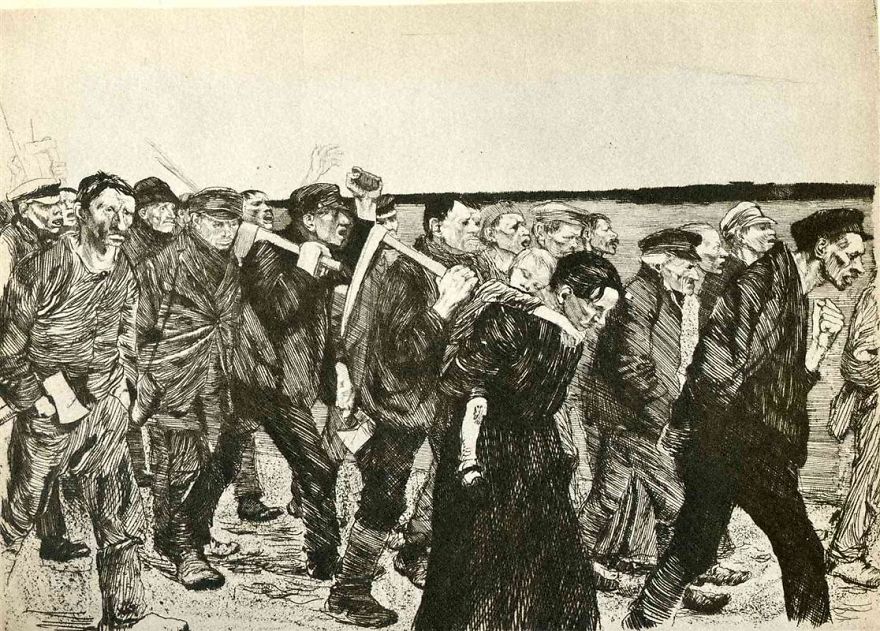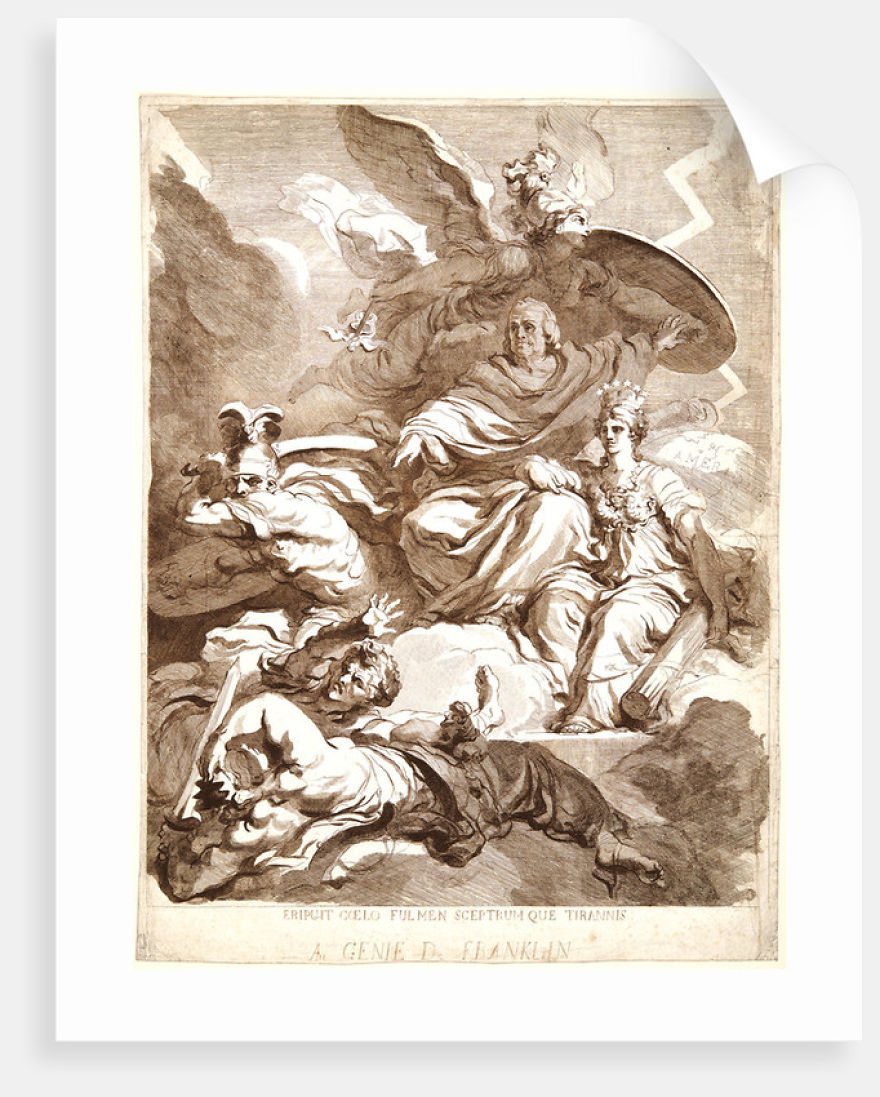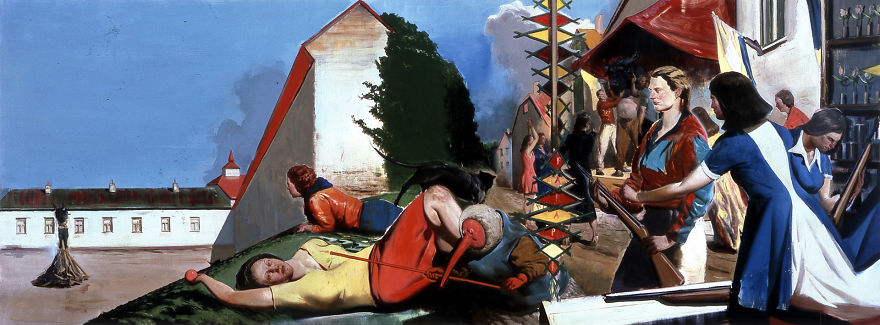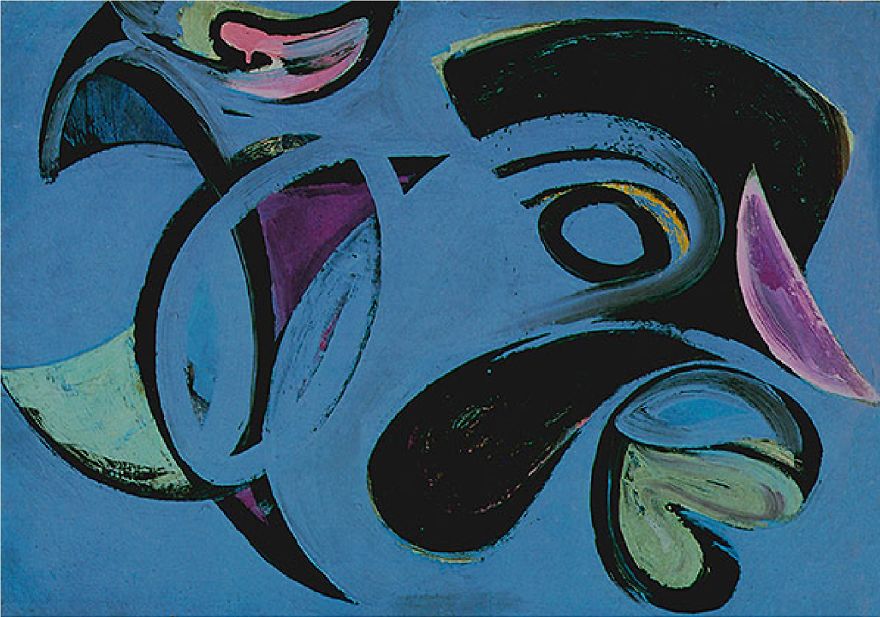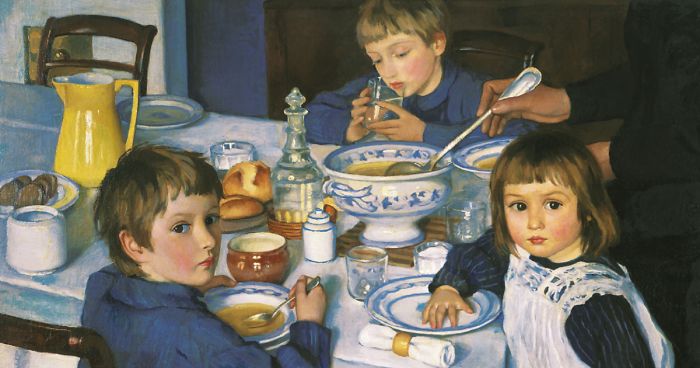
16Kviews
14 Interesting Stories Behind The Most Famous Paintings Of All Time (New Pics)
Another installment to the series where we explore the background and meaning behind famous artworks.
Find our previous post here.
This post may include affiliate links.
Scotland Forever!, Lady Butler, 1881
"Scotland Forever!" depicts the Royal Scots Greys charging alongside the British heavy cavalry at the Battle of Waterloo in 1815. Butler was inspired to paint the charge as a response to the aesthetic paintings that she saw - and intensely disliked - on a visit to the Grosvenor Gallery. Although Butler had never observed a battle, she was permitted to watch her husband's regiment during training maneuvers, positioning herself in front of charging horses in order to observe their movement.
This was painted before Eadweard Muybridge captured images of the moving horse to know the body shape and leg falls of a cantering or galloping horse. So there is a lot of the "springing forward" or two hooves together leaping that actually doesn't occur in real equine movement.
Geopoliticus Child Watching The Birth Of The New Man, Salvador Dalí, 1943
This is arguably the most recognizable piece created by Salvador Dalí. Completed during his stay in the United States from 1940 to 1948, it reflects the important role America would play on the world stage following World War II. The man emerging from the egg is rising out of the "new" nation. Africa and South America are both enlarged, representing the growing importance of the Third World, while Europe is being crushed by the man's hand, indicating its diminishing importance as an international power. The draped cloth represents the placenta of the new nation. A starving and weary female figure representing the past era points to acknowledge the importance of this new world power. The child at her feet represents the new age. The child casts a longer shadow than the woman, indicating that the new age will soon replace the old one.
I would have said The Persistence of Memory is more recognisibly Dali. It's the melty clocks one. I've seen it on T shirts, which is one of my main criteria for judging art.
At Breakfast, Zinaida Serebryakova, 1814
The painting depicts the artist’s family life through her children: eight-year-old Zhenya, seven-year-old Shura, and two-year-old Tata, with each child’s character subtly shown. The children sit patiently as they wait for their grandmother to pour soup into their bowls. The piece depicts a sense of purity and tranquility as well as an atmosphere of warmth and tenderness, at the same time depicting a fleeting moment in time, with the subjects turning to look at the audience.
Insomnais, Dorothea Tanning, 1957
Throughout her career, Tanning painted images that came to her in dreams – the more surreal the better. However at the beginning of 1955, after a period of painting direct, simple images as statement, Tanning shifted her focus to an ever-intensifying complexity of planes. Color became the first priority, and she insisted her paintings all be vertical. She worked to ensure her paintings were vague – images that were not quite tangible but existing on some level. Tanning’s work lead the eye into spaces that hid and then revealed a never-before-seen image, as if it had appeared from nothing. The first of these pieces was "Insomnias".
This painting is so beautiful and really captures the almost there quality of dreams.
Reading Le Figaro, Mary Cassatt, 1878
Mary Cassatt was born in Allegheny City, Pennsylvania, but lived much of her adult life in France. Cassatt was an outspoken advocate for women's equality, campaigning for equal travel scholarships for students in the 1860s, and the right to vote in the 1910s. Mary Cassatt depicted the "New Woman" of the 19th century, an image that came from the influence of her mother, Katherine Cassatt, who believed in educating women to be knowledgeable and socially active. Katherine Cassatt is depicted Mary Cassatt’s piece, “Reading Le Figaro.”
Ploughing In The Nivernais, Rosa Bonheur, 1849
The Nivernais was known for its Charolaise cattle, which played an important role in the agricultural revolution of the nineteenth century. Rosa Bonheur, having a reputation for her animal paintings, was commission by the French government to create this piece. According to Albert Boime, the painting should be seen as a glorification of peasant life and its ancient traditions; he places it in the context of the revolutionary year 1848, when cities were the scene of chaos and strife.
Black Iris, Georgia O'Keeffe, 1926
Art historian Linda Nochlin interpreted Black Iris as a morphological metaphor for female genitalia, but O'Keeffe rejected such interpretations. O’Keeffe herself said her paintings were simple, intimate looks at natural life and held no metaphorical interpretations. She attempted to do away with sexualized readings of her work by adding a lot of detail.
*Artist draws vagina *says it's not a vagina *artist watches the world burn
Still Life With A Bowl Of Citrons, Giovanna Garzoni, 1640s
Scientific research and illustration were of great interest to those who participated in court life in the 1600s. As a result, paintings of natura sospesa, "nature suspended," were quite fashionable. Garzoni's skillful depictions of natural objects, usually fruits and insects arranged in pleasing ensembles, were among the paintings most coveted by wealthy patrons. “Still Life with a Bowl of Citrons” shows a worn ceramic bowl filled with citrons and their leafy branches. With its central bowl of fruit, this painting is characteristic of Garzoni's style; a single flower or insect placed in front with deliberately manipulated textures and shapes throughout the piece. The cintrons’ rough skin contrasting with the sharp branches, the glistening leaves, and the delicate blossoms.
Portrait Of Paolo Morigia, Fede Galizia, 1592
This portrait of Paolo Morigia, superior general of the Jesuits, has been praised by the sitter himself for the artist’s technical skills. The emphasis here is not so much on Morigia’s religion, but on his role as an erudite historian. The friar is holding a pair of glasses while he is in the middle of writing on bears verses by Borgogni, which refer to the painting and to the artist’s painting skills.
Jo-No-Mai, Uemura Shoen, 1936
"Jo-no-mai" by artist Uemura Shoen was inspired by the Noh theater ("Jo-no-mai" is a dance performed in the introduction to a Noh play). Shoen often took inspiration from female characters in noh theater. Even though men performed all roles in the noh theater, Shoen used women models, which suggests something of her views of women. It is believed that the model for "Jo-no-mai" is Shoen's daughter-in-law, portraying a confident and dignified woman in a brilliantly colored orange kimono fading into a cloud pattern at the hem.
The Weavers, Käthe Kollwitz, 1897
Between the births of her sons – Hans in 1892 and Peter in 1896 – Kollwitz saw a performance of Gerhart Hauptmann's "The Weavers". The play dramatized the oppression of the Silesian weavers in Langenbielau, and their failed revolt in 1844. Kollwitz at once ceased work on a project in progress and produced a cycle of six works on The Weavers theme, three lithographs (Poverty, Death, and Conspiracy) and three etchings (March of the Weavers, Riot, and The End). Though the works were not a literal illustration of the play, the works were a free and naturalistic expression of the workers' misery, hope, courage, and eventual doom.
Reminds me of VvG work from Borinage with the subjects of minors walking in the snow.
Le Génie De Franklin, Jean-Honoré Fragonard, 1778
"Le Génie de Franklin" (The Genius of Franklin) speaks to the celebrity of the American Founding Father Benjamin Franklin. This dramatic composition allegorizes Franklin as an Enlightenment hero. The Latin motto inscribed below the image, “He snatched lightning from the sky and the scepter from tyrants,” alludes to his experiments with electricity. In the piece, a Zeus-like Franklin banishes lightning with the help of Minerva, goddess of wisdom, while commanding Mars, god of war, to overthrow Avarice and Tyranny. The seated figure with a starry crown represents the united American colonies.
Warten Auf Die Barbären, Neo Rauch, 2007
Neo Rauch was raised in communist East Germany. Soon after the fall of the Berlin Wall, the artist created work that married the socialist realist ruins of communist art with surrealist impulses. “Warten auf die Barbaren” (Waiting for the Barbarians) shows a carnival on the right side of the canvas, complete with a shooting gallery and the presentation of a Minotaur to a cheering crowd. On the left, traditional Leipzig roofs turn into Soviet Bloc housing, and the Minotaur is burned at the stake. In the center, the threshold between the changing scenes, a woman lies in a distorted pose, stretching from one world to the next.
There is a mistake in the title. It is not called "Warten auf die Barbären". It should be "Barbaren".
Igor, Lee Krassner, 1943
At the end of the 1920s, Lee Krasner fell in love with the artist Igor Pantuhoff. By 1935, they were sharing an apartment in the East Village, New York. However, in 1940, he went to Florida to stay with his parents, and wrote to her to say that he would not be returning. She was devastated, but it didn’t stop her from working. The 1943 piece painted in homage of her former lover was Krasner’s way of letting go. Krasner would later go on to marry Jackson Pollack.
These paintings are good but they are for sure not "The Most Famous Paintings Of All Time".
I don't understand art. I look at pages like this one in the hope that someday the light will come on, and I'll understand, but, so far, no luck. .
Just stop trying to understand. Really. Like what you like and enjoy the beautiful and fascinating things humans can create with art. It is for you. Your interpretation and your emotional feelings toward what you see is completely your own, no right, no wrong.
Load More Replies...These paintings are good but they are for sure not "The Most Famous Paintings Of All Time".
I don't understand art. I look at pages like this one in the hope that someday the light will come on, and I'll understand, but, so far, no luck. .
Just stop trying to understand. Really. Like what you like and enjoy the beautiful and fascinating things humans can create with art. It is for you. Your interpretation and your emotional feelings toward what you see is completely your own, no right, no wrong.
Load More Replies...